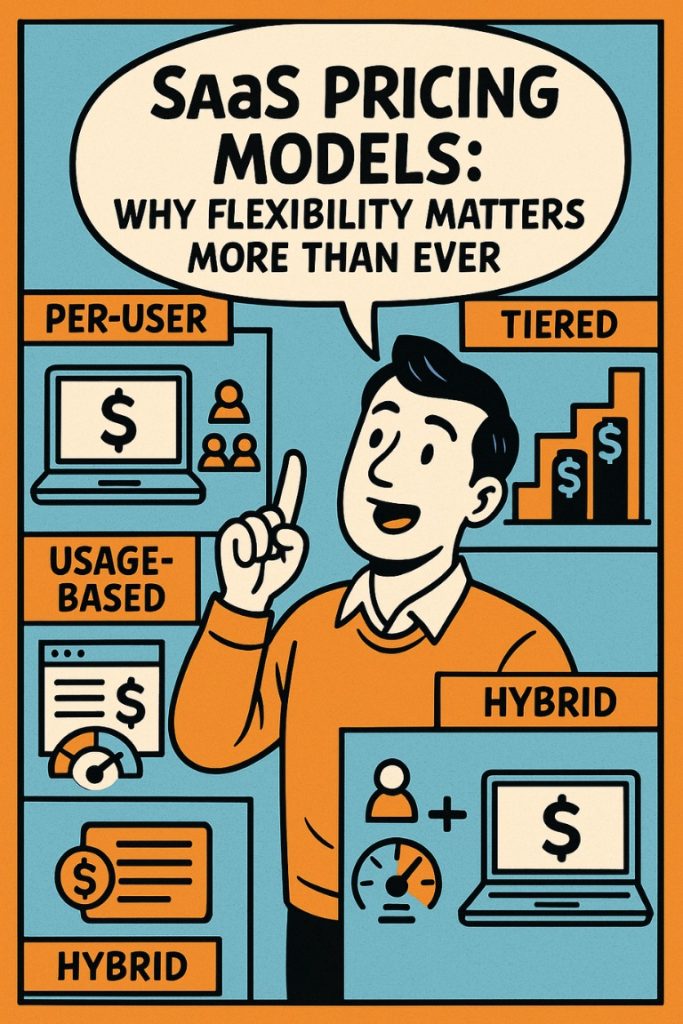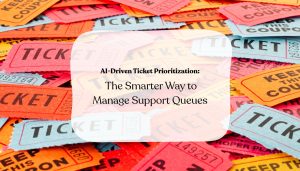Pricing is tricky. Especially when you’re running a SaaS business. You want to make money (of course), but you also want customers to stick around. And maybe even tell their friends about you. That’s where flexible pricing models come in.
It’s not just about slapping a number on your homepage anymore. It’s about giving people options and a thoughtful pricing structure that actually make sense for where they are in their journey.

What Are the Most Common SaaS Pricing Models?
If you’ve ever stared at a pricing page wondering which plan fits your business, congrats—you’ve already experienced the world of SaaS pricing models. These are basically the different ways software companies charge for their tools. And believe me, there’s a pricing strategy for just about everyone: the right price can attract a diverse customer base.
- Flat-Rate Pricing: One price, everything included. Simple but not always scalable.
- Tiered Pricing: Pay more, get more. Great for growing teams.
- Per-User Pricing: Charge per seat. Works well if usage grows with your team.
- Usage-Based Pricing: The more you use, the more you pay. (Kind of like utilities.)
- Freemium: Try it free, pay when you need more.
- Modular/Add-On Pricing: Pick what you need. Leave what you don’t.
Each model has pros and cons. The real trick is knowing your customers and giving them something that feels like it was made for them.
What is a Flexible Pricing Model?
A flexible pricing model is designed to match how different customers actually use your product. It moves away from rigid, cookie-cutter plans and offers a structure that lets businesses choose what’s relevant to them. This could mean selecting just the tools they need, paying based on activity or volume, or adjusting pricing as their needs grow or shrink.
The goal is to create pricing that feels fair and makes sense so customers feel like they’re getting real value. Not paying for things they won’t use. In a market where tools are changing fast, having pricing that can change with your customers is essential.
Why Flexible Pricing Models Actually Win
People don’t like being boxed into stuff they don’t need. Imagine being a small startup and having to pay for enterprise features just to get one thing you need. Not fun.
Flexible pricing models give your customers control. They can start small, scale up, or even scale back if needed. It shows that you’re thinking long-term—not just trying to squeeze every penny out of them.
This becomes even more important when you throw AI into the mix. Some folks want full automation. Others just want a little help behind the scenes. A rigid pricing plan won’t cut it.
How LiveHelpNow Does Flexible Pricing Right
In LiveHelpNow, instead of forcing customers into a one-size-fits-all plan, we offer separate modules: Live Chat, Ticketing, Knowledge Base, and Call Management. Want just one? Cool. Want all four? Even better—you get a 30% discount for bundling 3 or more. Pay annually and you save another 10%.
They even let you add AI features like chatbots or Hue, their assistant powered by ChatGPT and Claude by Anthropic. And SMS? It’s hybrid—flat included messages, then clear usage tiers if you scale. It’s smart pricing for smart customers. And the best part? You only pay for what you use.
Where HelpSquad Fits In
Now let’s look at HelpSquad. They’re not SaaS. They’re a 24/7 live chat outsourcing service. But their pricing is just as flexible.
- Plans start as low as $185/month for 50 chats, scaling up to higher volumes.
- Prefer to pay for outcomes? They also offer pay-per-lead options, so you only pay when chats turn into real prospects.
- And the kicker: the LiveHelpNow software is included for free when you hire their team. You get the tech and the agents in one bill.
This model is great for businesses that can’t staff around the clock. Instead of paying salaries for idle hours, you turn support into a variable cost. When chats come in, you pay. When it’s quiet, you don’t.
What’s Next: Hybrid and Outcome-Based Pricing
We’re seeing more companies mix things up—hybrid SaaS pricing models that blend per-user and usage-based approaches. Some are even flirting with outcome-based pricing, where customers pay based on the results they get.
Will this work for everyone? Maybe not. But it’s a sign that the industry is shifting toward value-driven models instead of static packages.

Trending Now
There’s a really good piece on Maddyness called “AI is upending SaaS pricing – for real this time”, and yep, it actually makes a solid point. For years, SaaS companies followed the same playbook: three pricing tiers, charge per seat, rinse and repeat. But with AI in the mix? That old model is breaking down fast. AI tools like co-pilots and smart agents aren’t just features—they’re changing how value is delivered. And that means pricing has to evolve, too.
Startups have a bit of an edge here—they can experiment without worrying about upsetting existing customers. These startups can also optimize their operational costs by choosing scalable SaaS hosting solutions that align with their flexible pricing models and usage-based billing structures. But the big guys? They’ve got some tough choices to make. Stay safe and risk falling behind, or take a leap and risk revenue loss. Either way, the article makes it clear: pricing isn’t just about numbers anymore. It’s a strategic weapon and in this AI era.
Final Thoughts
At the end of the day, SaaS pricing should do one thing: help customers say yes. If your pricing feels like a trap, they’ll leave. If it feels like a win, they’ll stay—and maybe even upgrade.
That’s why LiveHelpNow’s flexible SaaS pricing models and HelpSquad’s service-based, outcome-friendly model both work: they give customers control, clarity, and confidence.
So give them something that makes sense. Be clear. Be fair. And for goodness’ sake, be flexible.
Build your perfect support plan—start with just what you need. Get a free trial or schedule a demo today.




